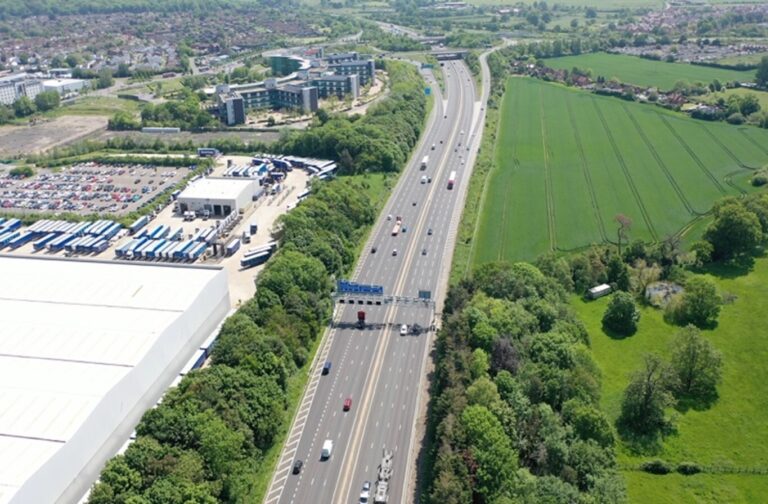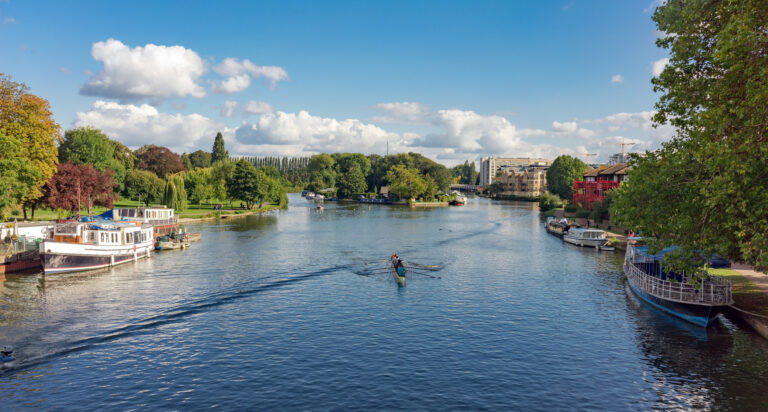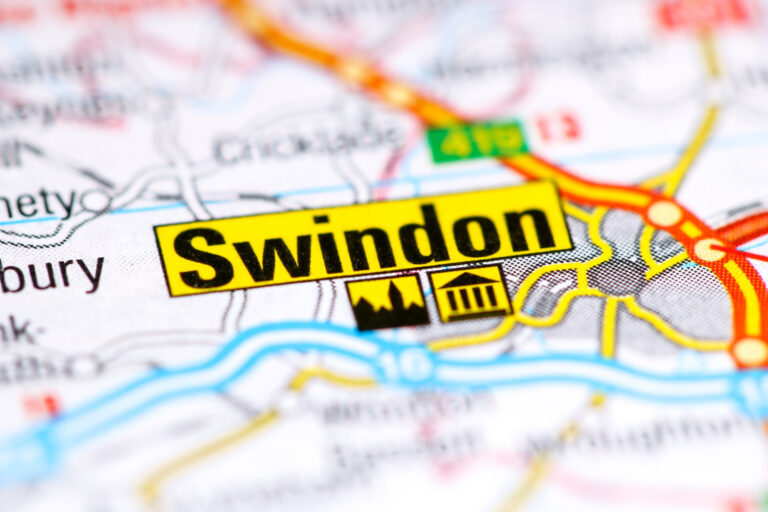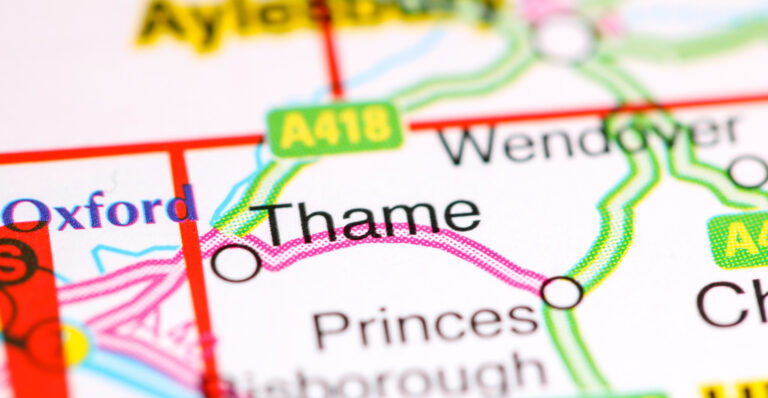School catchment areas are often a major factor in whether or not your child is offered a place at their chosen school.
But catchment areas can be confusing for parents and the way they work often varies from school to school.
Here, we’ll explain everything you need to know about school catchments, including how they work and the other factors that could affect your child’s application…
What does ‘catchment area’ mean?
A school catchment area is the area around a school that can sometimes dictate which children are offered a place at that school.
Catchment areas are measured in different ways and often change from year to year depending on the number of applications a school receives.
Even if you live within a school’s catchment area, there’s no guarantee of your child being offered a place.
But equally, you could live outside of a catchment area and actually be offered a place.
Both scenarios depend on the number of applications a school receives and the number of siblings of existing pupils wanting a place.
Why do catchment areas exist?
Every school has a maximum number of pupils it can admit.
So, catchment areas are used to prioritise applications from pupils who live within a certain distance of the school or a certain area.
Most schools will admit siblings of existing pupils first, before any remaining places are offered to pupils within their catchment.
If any places still remain after that, places are offered to pupils from outside of the school’s catchment area.
Other factors taken into account when applying for a school place include:
• Whether or not they attended an official feeder school
• The child’s religion (in the case of faith schools)
• The child’s academic ability (in the case of grammar schools)
• Any social or educational needs the child may have
Do secondary schools have catchment areas?
Secondary schools do have catchment areas but will usually prioritise other pupils before offering places to children who simply live in the catchment.
The priority list for secondary schools will usually vary depending on each school or local authority’s policy.
However, many secondary schools offer places in the following order:
1. Pupils who have special educational needs
2. Pupils who are being looked after by the local authority, or have been previously looked after before being adopted
3. Pupils who are attending one of the secondary school’s contributory primary schools and who have siblings already attending the secondary school
4. Other pupils who have siblings attending the secondary school
5. Pupils living within the school’s catchment area
6. Other pupils who have applied
How are catchment areas calculated?
Catchment areas are calculated using a certain distance from each school.
However, that distance is calculated in several different ways, depending on the school.
There are four main ways of calculating a catchment area, although sometimes schools will use a combination of more than one method.
1. Straight Line Catchment
Straight Line Catchment sees the distance from the school measured directly outwards, before a circle is drawn to create the catchment area.
Any primary school children who live within this circle will be given priority for remaining places once all siblings have been offered spots.
2. Walking Distance Catchment
Under Walking Distance Catchments, remaining school places after siblings have been admitted are offered to those children who live within a certain walking distance of the school.
The local authority will usually set a specific shortest ‘safe’ walking route and pupils living within this distance will be classed as ‘in catchment’.
3. Priority Admission Area
Priority Admission Area catchments are fixed geographical areas around a school, with pupils inside the area given priority over those outside it.
Under Priority Admission Area catchments, siblings from within the area are offered places first, followed by other children from within.
Any remaining places are then offered to siblings from outside of the area and then other children.
4. Nearest School Catchment
Nearest School Catchments are chopped up into different geographical areas and prioritise applications from children for whom the school is nearest.
This works particularly well for areas with a lot of schools.
How to find school catchment areas
The best way to find out details on school catchments is by contacting the schools you’re interested in directly.
As catchment processes can vary from school to school, find out how far away your property is and then speak to the school, who will be able to advise whether or not you’re within their catchment area.
Do you have to be in a catchment area for schools?
It’s not essential to be within a school’s catchment area when applying for a place.
However, if your child doesn’t have a sibling at the school and you’re outside of its catchment area, any potential offer will depend on how many places remain after sibling and catchment offers have been made.
What can I do to ensure I’m in catchment?
As you might have guessed, competition for properties in certain catchment areas can be fierce.
If you’re thinking of moving to a certain area to boost your child’s chances of being offered a place at a specific school, you should find out about that school’s catchment before you commit to buying or renting a new home.
Some schools will also insist you’ve lived within the catchment for a certain period of time to be considered ‘in catchment’, so you’ll need to factor this into your thinking, too.
So, to give yourself the best chance of securing a place at your child’s dream school, make sure you put yourself in the best possible position to complete your purchase or rental agreement quickly and efficiently.
Make sure, also, that you’ve completed your research into your new area and made contact with local estate agents, so they know you’re actively looking to buy or rent.
That could give you a head start on the competition and help ensure you get the right property for you and your child’s education.
Further reading…
• Where to invest in the south of England







